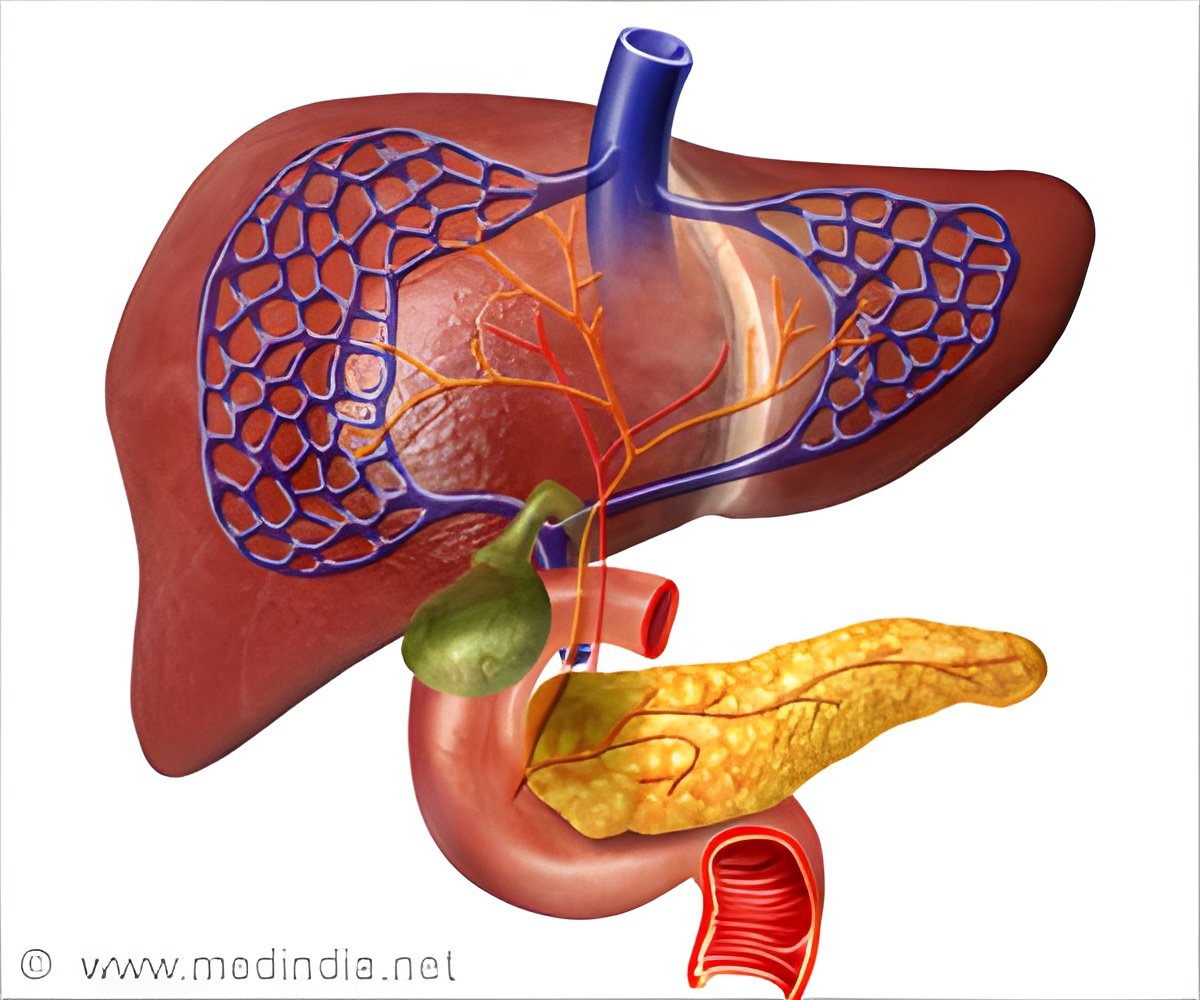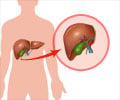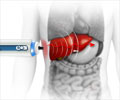Framingham Steatosis Index considers factors like age, gender, hypertension, triglyceride levels, diabetes, the ratio of liver enzymes to diagnose NAFLD.

‘a set of predictors of hepatic steatosis that includes age, gender, hypertension, triglyceride levels, diabetes and the ratio of AST:ALT correlated with NAFLD.’





Currently, the diagnosis of NAFLD requires evidence of hepatic steatosis (fatty liver) on computed tomography (CT) scans or liver biopsy - both of which are costly, burdensome and impractical to implement on a large scale.NAFLD has been linked to developing advanced liver and cardiovascular disease. With such a large population at risk for NAFLD, there is an urgent need for non-invasive tools to assist clinicians in diagnosing NAFLD.
Using data from the Framingham Heart Study (FHS) researchers performed a cross-sectional study of more than 1,000 members of the Framingham Third Generation Cohort. FHS participants with fatty liver disease were identified by abdominal CT scans.
Researchers evaluated a comprehensive list of demographic, clinical and laboratory parameters including liver enzymes such as alanine aminotransferase (ALT) and aspartate aminotransferase (AST) and the ratio of AST:ALT to identify people with hepatic steatosis.
The data was analyzed to find a set of predictors of hepatic steatosis. The researchers found that a model that includes age, gender, hypertension, triglyceride levels, diabetes and the ratio of AST:ALT correlated with NAFLD. The FSI was then externally validated and was found to be an effective surrogate diagnostic index for NAFLD. The findings appear in the journal Clinical Gastroenterology and Hepatology.
Advertisement
Source-Eurekalert














